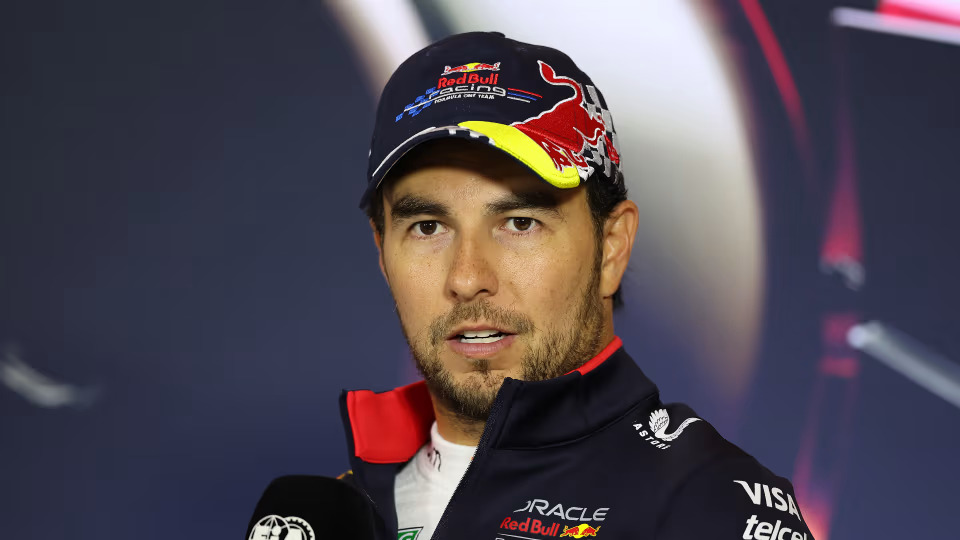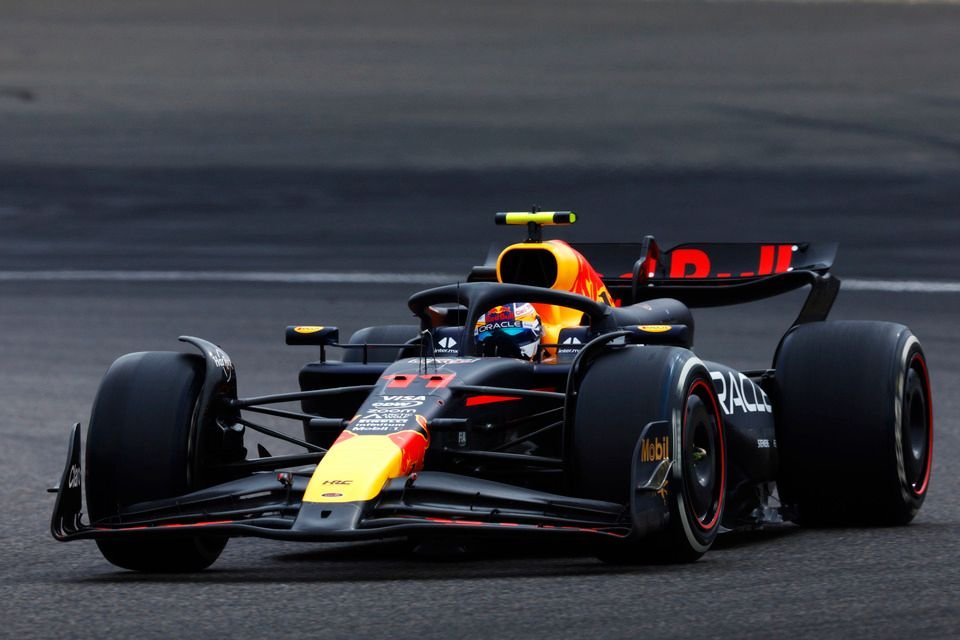In the Shanghai Grand Prix, strategic maneuvering played a decisive role, particularly for Ferrari’s Leclerc and McLaren’s Norris, who capitalized on a mid-race safety car to convert to a one-stop strategy. This move allowed them to maintain track position and pose a challenge to the frontrunners.
However, Red Bull’s Perez and Verstappen found themselves on the back foot as they were forced into a second pitstop to switch to hard tires, sacrificing track position. Verstappen’s relentless pace helped him retain the lead, but Perez emerged behind Norris and Leclerc after the pitstop shuffle.
Perez explained that using his hard tires to overtake Leclerc drained their performance, leaving him unable to catch Norris, who held a strong position between the two Red Bulls until the end of the race. Despite Perez’s efforts, Norris’s consistent pace ultimately secured him a solid finish.

Red Bull team principal Horner concurred with Perez, acknowledging that the timing of the safety car disrupted their strategy, costing them valuable track positions. Perez’s pace, albeit slightly slower than Verstappen’s, was hindered by the need to battle past Leclerc, which depleted his tire life and hindered his chances of challenging for higher positions.
Reflecting on the race, Horner lamented that without the untimely safety car intervention, Red Bull could have potentially secured another one-two finish. The team’s strategic gamble to adjust their strategy mid-race ultimately didn’t yield the desired outcome, highlighting the intricate balance between risk and reward in Formula 1 competition.
The Shanghai Grand Prix showcased the pivotal role of strategy in Formula 1 racing, with teams and drivers constantly adapting to changing circumstances on track. While some capitalized on opportunities, others found themselves at a disadvantage due to factors beyond their control, underlining the unpredictable nature of the sport.







